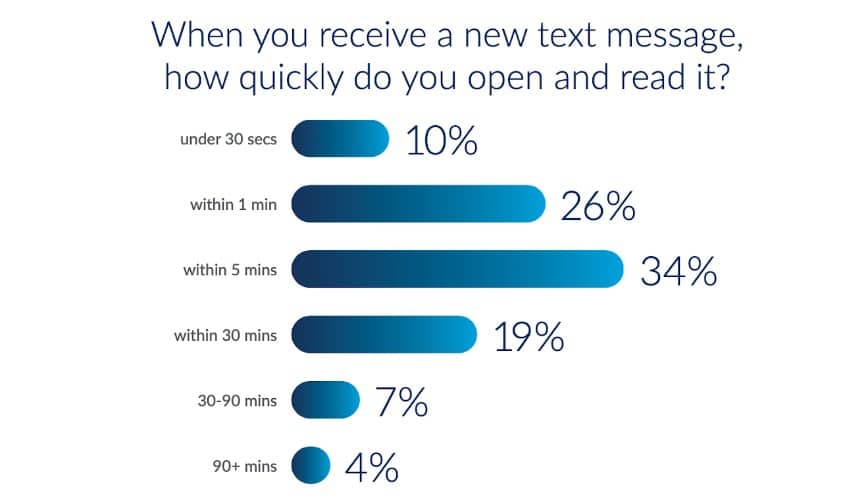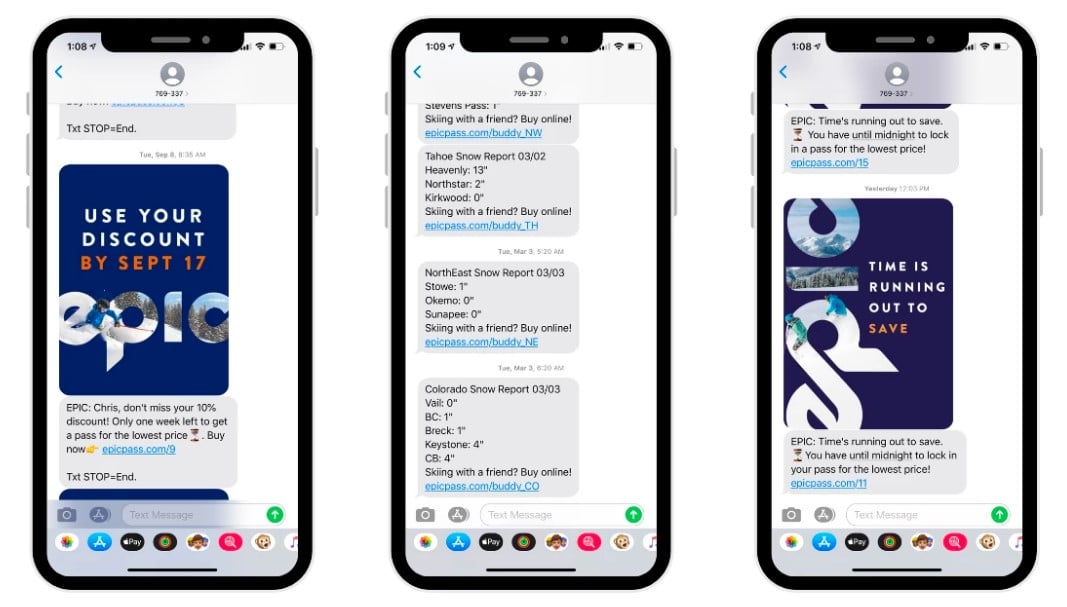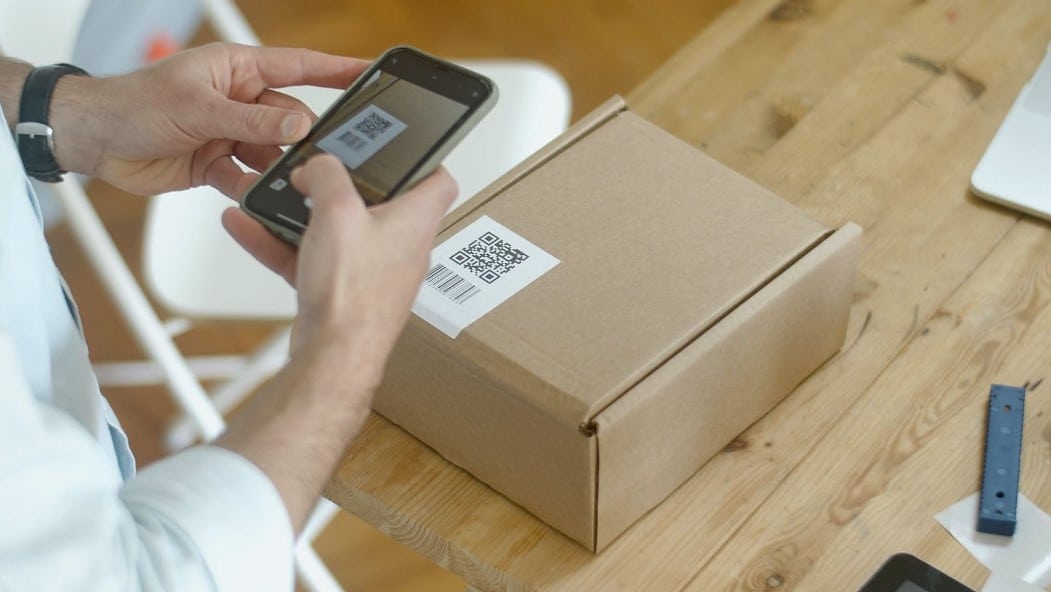Fifty-four percent of the global population—around 4.3 billion people—now own a smartphone. The devices allow us to communicate with others, browse the internet, purchase goods and services, play games, read books, listen to music, scroll through social media, and much more.
In 2024, public relations professionals need to take advantage of the ever-increasing popularity of smartphones to enhance their communication strategies and share influential information about the client or business they represent to the public. On average, individuals check their phones 58 times a day.
Here are five ways that PR professionals can take advantage of today’s smartphone-obsessed world:
Write for mobile
Over 55 percent of global website traffic comes from mobile devices. So, ensure the press releases you write on behalf of the client or business you represent can be easily read from a mobile browser.
Here are some ways to make your press release more mobile-friendly:
- Use a readable font: Put important pieces of text in bold, use a consistent font style, and use black for text instead of colors.
- Compress images: Large pictures may have trouble loading on a mobile device, which frustrates website visitors.
- Space out links: It’s best to space out links to avoid a sea of blue across your text. Although links are essential for search engine optimisation (SEO), limiting the number of redirections that take visitors to other sites makes them more likely to read the whole press release.
- Break up the text: Long chunks of text may be hard to read and follow on a smaller screen. Try using paragraphs and subheadings to make your press release more readable.
Easy-to-read, mobile-friendly text will enhance the customer experience (CX), meaning more people would have read the information you’ve written and distributed.
In addition, advise the client or business you represent to make their website mobile-friendly, as this will attract more consumers and rank higher on Google search results.
Optimize your Google Business Profile
If you are working on behalf of a business, ensure they have claimed their free Google Business Profile.
A Google Business Profile allows businesses to manage their Google Search and Google Maps presence. It includes essential information such as the business name, address, opening hours, contact information, photos, logo, website URL, and (importantly) customer reviews.
Your business profile accounts for 14 percent of your search engine ranking power. Hence, an up-to-date and optimized profile improves a business’ chances of appearing in search results and attracting more consumers.
Send texts for more engagement
Seventy percent of people open a new text message within five minutes of receiving it, making it a quick and efficient way for PR professionals to communicate critical messages to their client’s target audience.

Image Source: EZ Texting
Here are some benefits of communicating on behalf of your client through text:
- Texts are received within seconds of sending. This is important for time-sensitive messages.
- The open rate of texts (more than 90 percent) is much higher than that of emails (between 20 percent and 30 percent).
- Texts are sent directly to a specific mobile number, so they will likely act. For example, visit the business website or finish checking out.
- Texts can be used for business updates, order confirmations, reminders, promotions, and more.
- Like emails, texts can be automated and scheduled so you can plan the best time to contact potential customers.
Take this great example of a mobile campaign by the Vail Resort. The popular ski destination used an ‘opt in, opt out’ approach to their advertising, sending personalized text message ad campaigns.

Image Source: Sinch
Using SMS messaging to their advantage, they found a way to connect with a predominantly mobile target audience using clever graphics and hotspot weather updates.
However, if you’re using texts as a communication tool, you must avoid annoying your customers by sending them irrelevant information or too many texts. You must tell customers how to unsubscribe from the mailing list in every text.
Use QR codes
Another great way smartphones have helped the PR industry evolve is the introduction of quick response (QR) codes, or digital barcodes that consumers can scan on their smartphone camera or a QR scanner app to access more information.

Image Source: Pexels
Creating and adding QR codes to your content directs consumers to more information about the client or business you are representing. This information may be an invitation to download their app, a link to watch an influential video, a signup page to receive text message updates or a link to visit the business website—all of which can result in further action, such as a sale.
In addition, when you create a QR code, you can track information about the number of times it was scanned and what devices it was scanned on. This will help you measure your PR campaign’s effectiveness and adapt accordingly.
Keep an eye on social media
Significantly more than half (61.4 percent) of the world’s population now uses social media. So, platforms such as Facebook, Instagram, Twitter, and LinkedIn are the perfect places for PR professionals to see what consumers say about the client or business they represent—-good or bad.
PR professionals can use social media comments and reviews to adapt their campaigns based on what is and isn’t working for the target audience. They can also engage in conversations and respond to comments to earn back a consumer’s trust after a bad experience.
In addition, social media is a great place to identify and connect with influencers whose values and goals align with those of the client or business you represent. As your relationship grows, these influencers could become brand ambassadors or even unpaid fans, which is a great PR strategy.
The future of smartphone-centered PR
In 2024, we expect the use of AI in the competitive PR, media, and marketing industry to increase even further—just like in other sectors.
AI can automate repetitive PR tasks such as monitoring campaigns, creating pitches, transcribing interviews, and managing social media.
Whilst some PR professionals may be scared for their jobs, the best thing you can do is get ahead of AI and find ways to incorporate it to enhance your strategies even further than the five ways listed above.








